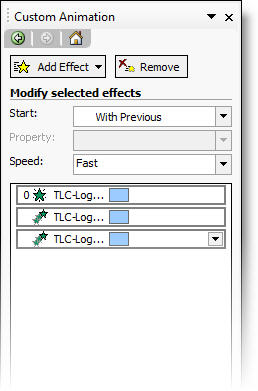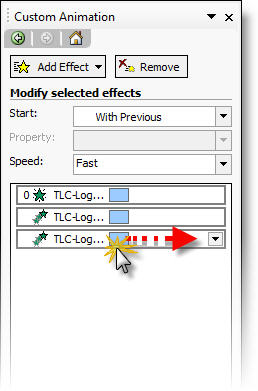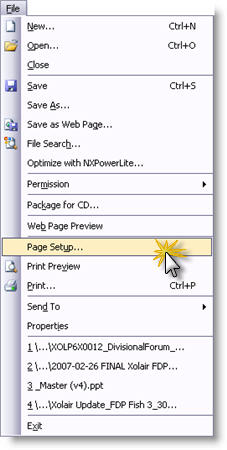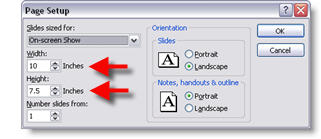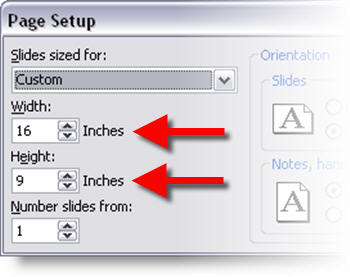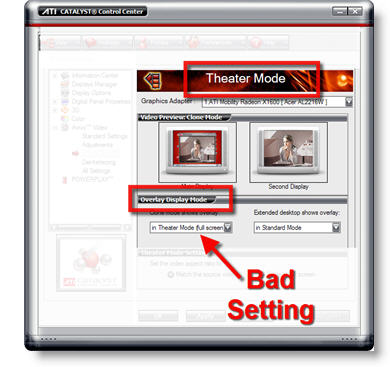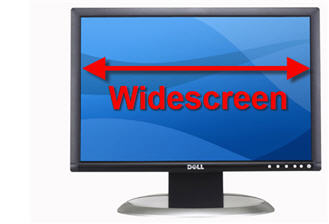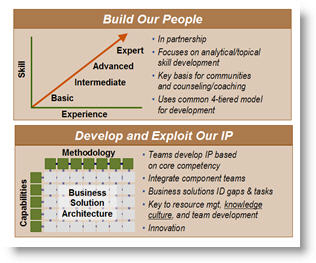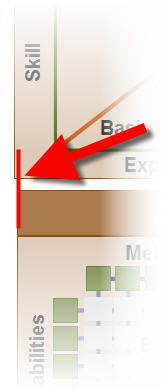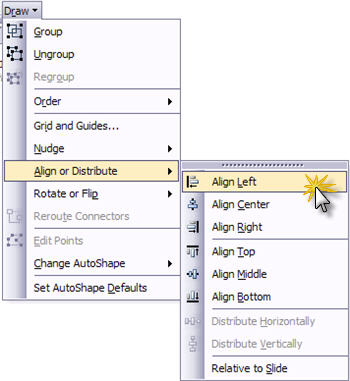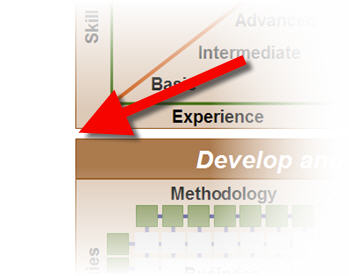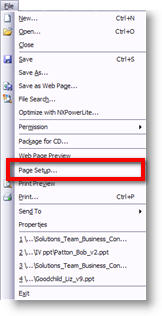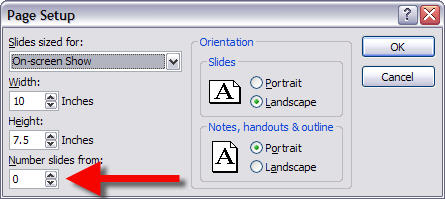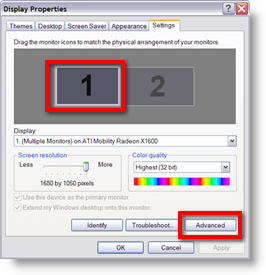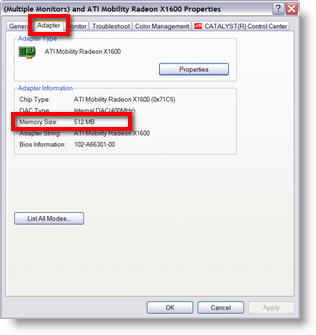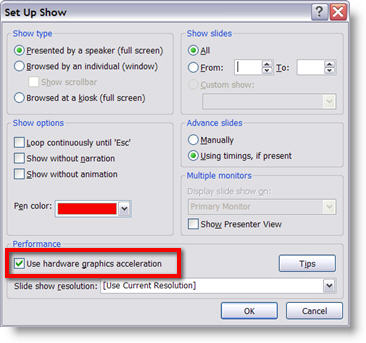Solving PPT 2003 & Vista Problems
Here are the steps to solve the two usability problems with Vista and PPT 2003 described in the previous two posts:
1. Locate the actual .exe for PowerPoint 2003 (C: >> Program Files >> Microsoft Office >> Office 11)
2. Right click the POWERPNT.EXE
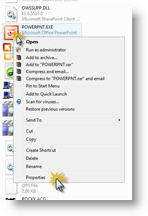
3. Go to the COMPATABILITY tab
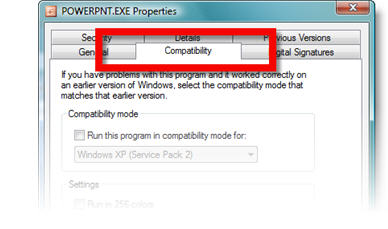
4. Check the DISABLE VISUAL THEMES option
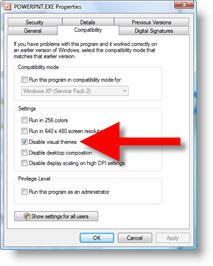
5. Click OKAY and launch PowerPoint 2003
So I can pass along others experiences with Vista, send me an email (link is on the right) letting me know if things do, or do not, work on your computer – or if things work with earlier versions (PPT 2000, XP, etc.).
– Troy @ TLC

